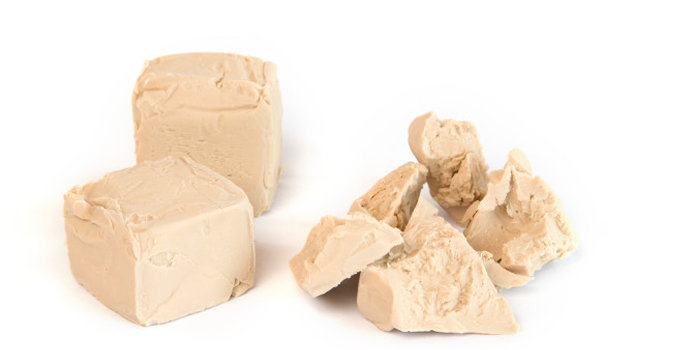Many baking recipes call for yeast. Yeast is a micro-organism of the fungi kingdom that is used by bakers as a leavening agent in breads. Yeast operates by fermenting the flour in your dough, releasing carbon dioxide into the bread and causing it to rise. Yeast in bread is the reason it is fluffy and light. However, if a recipe calls for yeast as an ingredient and you don't happen to have any on hand, you may want to find a substitute for it. Here are some suggestions for substitutions for yeasts.
Yeast for Yeast
There is really no perfect substitution for yeast. Yeast has certain properties that can only be found in yeast, and using substitutions may not give you the end result that you want. However, if your recipe calls for a certain variation of yeast that you don't have, here is how you can make substitutions.
If your recipe calls for compressed yeast, you can substitute 1 cake's worth of compressed yeast with 1 package of regular yeast or 2 tsp of active, dry yeast.
If your recipe calls for 1 package of regular yeast or quick, active dry yeast, you can substitute it for 2 ¼ tsp of regular or quick active dry yeast or 1 package of compressed yeast.
Baking Soda or Baking Powder
Baking soda is also used as a leavening agent in some bread products. However, it operates differently than yeast and may not always be suitable as a substitute. However, here is how baking soda differs from yeast and how to substitute it.
Baking soda doesn't make bread rise in the same fashion as yeast. Baking soda needs to react to an acid to cause carbon dioxide bubbles to make the bread rise. It is often called for in recipes that have a naturally acidic batter for the baking soda to react in. If your recipe calls for yeast and not baking soda, then it generally does not have the required acid for the baking soda to react in.
However, this doesn't mean you can't use baking soda as a substitute. If you want to use baking soda as a substitute for yeast, you'll need to add an acid to the mix. Generally this is done by adding equal parts baking soda and lemon juice to equal the amount of yeast called for in the recipe. You can also use buttermilk in place of lemon juice or a mixture of milk and vinegar.
Alternatively you can use baking powder, which is a combination of baking soda and an acid. If you use baking powder as a yeast substitute, make sure to use double-acting baking powder. This type of baking powder contains two acids allowing the baking soda to react twice, once when it becomes wet and again when heated.



